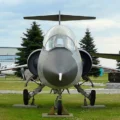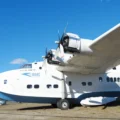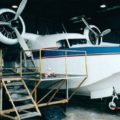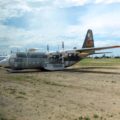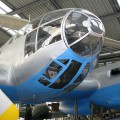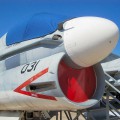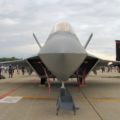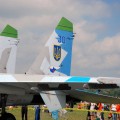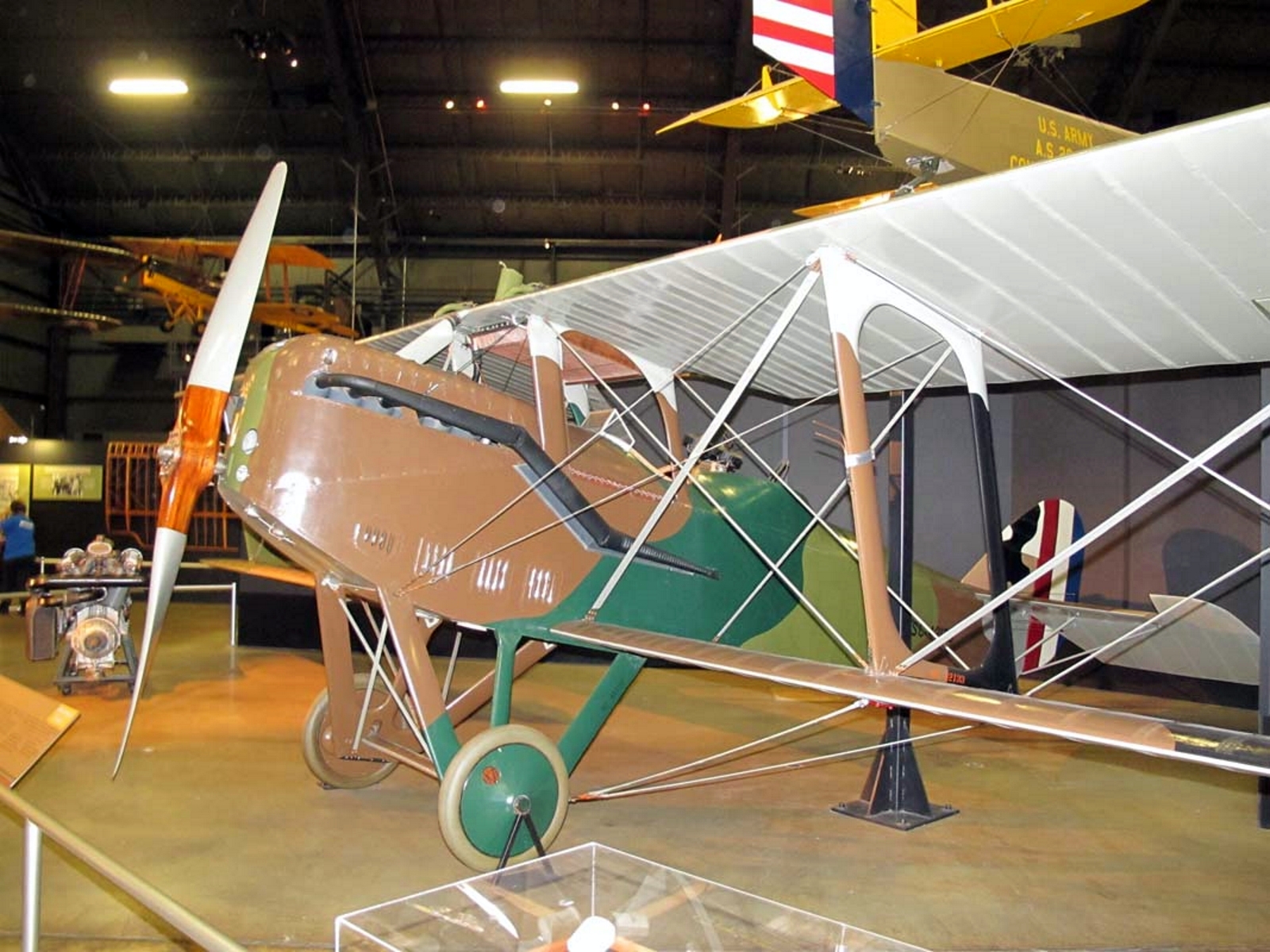
Packard-Le Père LUSAC-11 | |
|---|---|
| Country | USA |
| Role | Fighter aircraft |
| First flight | 15 May 1918 |
| Built | 30 |
The LUSAC-11 (Lepère United States Army Combat) was an early American two-seat fighter aircraft. It was a French design, commissioned and built in the United States during World War I and ordered in large numbers by the United States Army Air Corps, but these were cancelled at the end of the war, and only 30 were built. The type was used for experimental purposes, setting several altitude records during the 1920s.
| Packard LePere LUSAC-11 Walk Around | |
|---|---|
| Photographer | Vladimir Yakubov |
| Localisation | National Museum of the USAF |
| Photos | 35 |
See also:
Technical Specifications of the Packard-Le Père LUSAC-11
| Parameter | Value |
|---|---|
| Role | Fighter aircraft |
| Crew | 2 (1 pilot, 1 observer/gunner) |
| Manufacturer | Packard Motor Car Company |
| Designer | Georges Lepère |
| First flight | 15 May 1918 |
| Number built | 30 |
| Engine | Liberty 12-A, 12-cylinder V-type liquid-cooled engine, 425 hp (317 kW) |
| Wingspan | 12.67 m (41 ft 7 in) |
| Length | 7.69 m (25 ft 3 in) |
| Height | 3.22 m (10 ft 7 in) |
| Wing area | 38.60 m2 (415 sq ft) |
| Empty weight | 1,162 kg (2,561 lb) |
| Gross weight | 1,699 kg (3,745 lb) |
| Maximum speed | 214 km/h (133 mph, 115 kn) |
| Ceiling | 6,157 m (20,200 ft) |
| Range | 515 km (320 mi, 278 nmi) |
| Armament | 3 x 7.62 mm (0.30 in) machine guns (2 fixed forward-firing and 1 flexible rear-firing) |
The Packard-Le Père LUSAC-11 was an early American two-seat fighter aircraft that was designed by a French engineer, Georges Lepère, during World War I. It was powered by a Liberty 12 engine that gave it a top speed of 214 km/h and a ceiling of 6,157 m. It was armed with three 7.62 mm machine guns, two fixed in the nose and one flexible in the rear cockpit.
The LUSAC-11 was ordered in large numbers by the United States Army Air Corps, but only 30 were built before the end of the war. The LUSAC-11 was used for experimental purposes after the war, setting several altitude records in the 1920s.
Views : 1432



